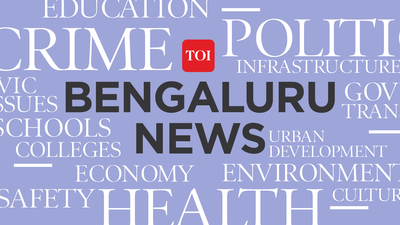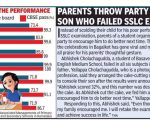Snakebite deaths surge from 10 to 21 in first 4 months of year in Karnataka | Bengaluru News

Bengaluru: According to the health department, over 3,300 snakebite cases and 21 deaths were reported in Karnataka this year till April 28, up from 1,800 and 10, respectively, in the corresponding period last year.
On Monday, the department issued a govt order outlining a broad strategy to reduce deaths and disabilities due to snakebites. The programme focuses on early diagnosis, ensuring availability of quality anti-snake venom (ASV), strengthening healthcare provider skills, and running community education campaigns. It emphasises rapid response, with treatment ideally beginning within the post-bite ‘golden hour’.
Even as the govt expands its efforts, serious challenges remain. Reporting is still inconsistent, with several medical colleges and private hospitals either failing to report all cases or delaying data submission. A significant proportion of victims also continue to seek help from traditional healers instead of medical facilities. An audit highlighted in the govt order revealed that about 40% of snakebite deaths were linked to such delays.
So far this year, Shivamogga tops the chart with 214 reported snakebite cases, followed by Dakshina Kannada (196) and Mandya (175). Bengaluru has reported 123 cases so far. Chamarajanagar, Dharwad, and Udupi districts have reported the highest number of deaths, with three each. In 2024, there were 13,235 snakebite cases and 100 deaths.
Dr Ansar Ahmed, project director at the Integrated Disease Surveillance Programme, said the state has strengthened its response to snakebites in recent months. “ASV stocks have been bolstered and made readily available, from primary health centres to district hospitals,” he explained. “Standard procedures are now in place mandating an initial loading dose of 10 vials of ASV for any snakebite case with signs of envenomation. We’ve also conducted specialised training for physicians and medical officers at different levels.”
Gaps in system
Ahmed, however, acknowledged that the system is still grappling with gaps. “While awareness has led to more cases being reported, there remains a significant gap between the number of snakebites that occur and those officially recorded. Such medical issues may be prevented with prompt availability of ASV, timely transportation and referral of patients. With focus on education and awareness among people, we hope to manage the situation and better it,” he said.
“Deaths are 100% preventable, and the department is working hard to bring the cases down,” said Harsh Gupta, principal secretary, health and family welfare. “We now plan to look into each death individually to find solutions to curb the numbers. Community awareness must be created through information, education, and communication activities involving other departments as well. The commissioner has also requested that a district-level mechanism be established to strengthen local response.”
To ensure close monitoring of fatalities, the govt has expanded the role of existing H1N1 death audit committees at the district level and tasked them with auditing snakebite deaths.
















